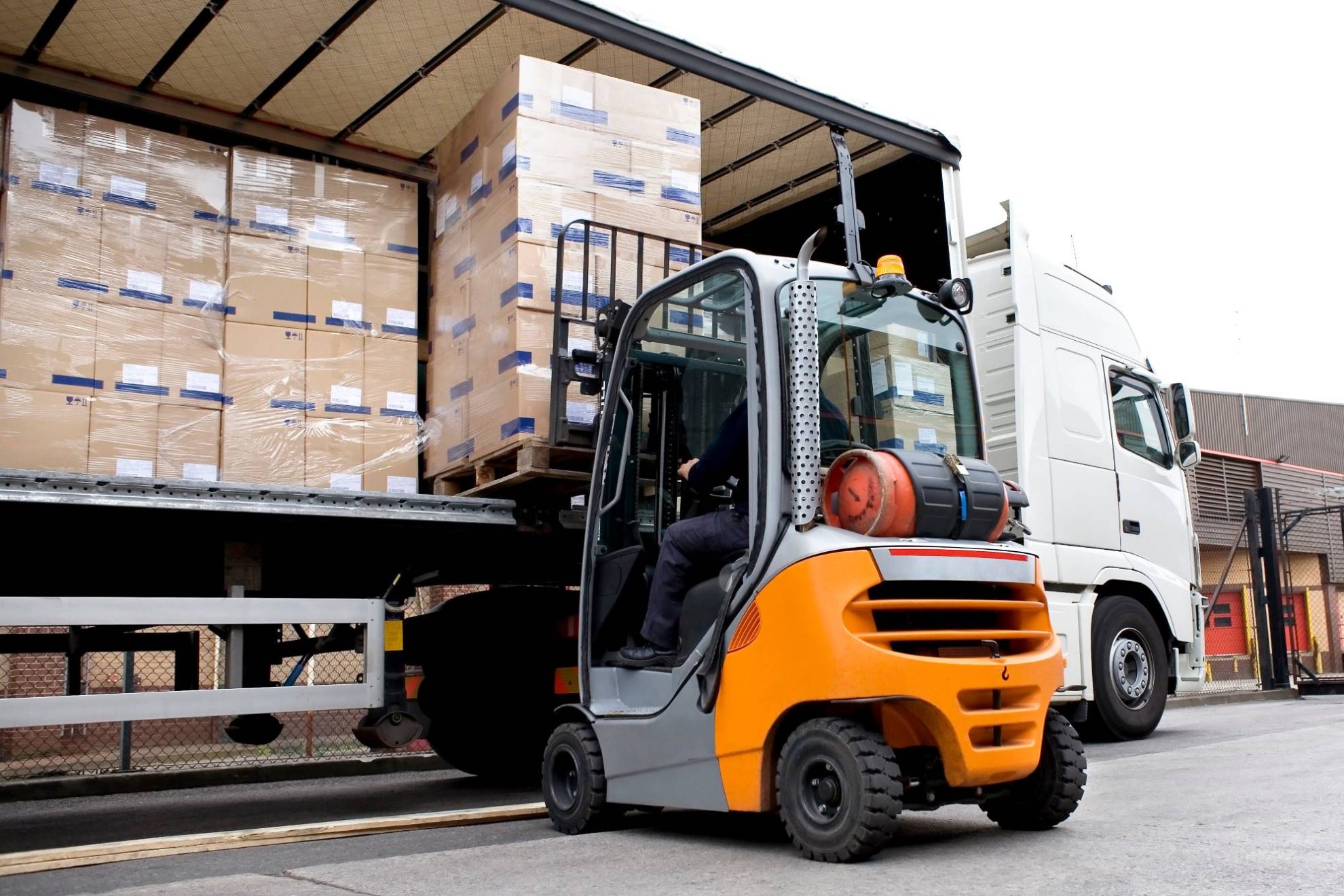
Acopia empowers success in these sectors by helping businesses to ensure the safe passage of a product throughout its entire journey.
For industry sectors built upon precision and efficiency, we understand the intricate interplay between these key business issues and the vital role innovation plays in driving advancement.
Sustainability and environmental impact are central to the products we provide and the processes we advise on. Working to best practice when it comes to the materials we use means we know what good looks like when it comes to your success.
With next generation products and packaging solutions such as our best in class stretch wrap which is produced through cutting edge technology, we’re able to provide additional support with the streamlining of processes. This means we’re able to help minimise risk and maximise cost reduction.
























































Ikea have worked with Acopia for a number of years and we supply a selection of different products specifically to support their carbon and plastic reduction.
IKEA looked to us to help them with the design and engineering of bespoke packaging solutions to overcome specific damages in transit, as well as reducing the plastic they were using.
We have also been able to find innovative ways to engage their staff in supporting their sustainability ambitions just by simply enhancing processes.
We work across a breadth of industries that make use of packaging and wrap materials,
bringing our specialist knowledge to various different use cases and needs.
We have extensive experience providing bespoke, specialist solutions in Goods not for Resale, helping over 250 charities make the most of their available budgets.
We work with household brands to help them drive more value and efficiencies in their operational processes, resulting in a smoother customer experience.
As proud members of NMBS, we work closely with their members and suppliers to offer an exceptional service for all of their packaging needs.
We support garden centres and nurseries as they embark on a journey towards ecommerce and the practical process of fulfilling and shipping orders.